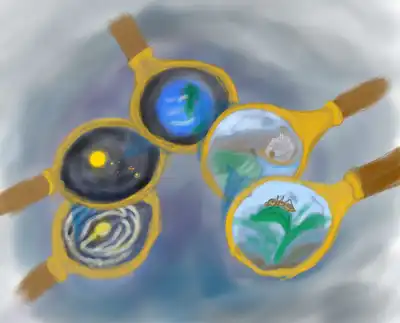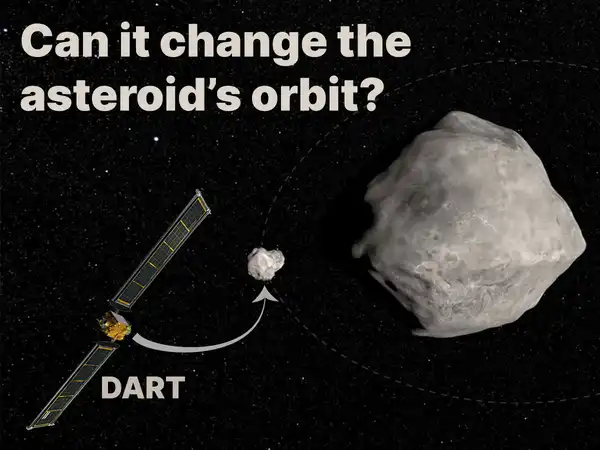
The Simplicity of Everything
A concise introduction to cosmology and the theory behind it.

A NASA spacecraft called DART was launched off from a SpaceX rocket on November 23. DART (Double Asteroid Redirection Test) aims to test and demonstrate technology that can deflect asteroids that are on a collision course with Earth.
Currently, we face no threat from asteroids but this technology will help us prepare for potential future threats. It is worth noting that an asteroid impact in Mexico triggered the mass extinction of dinosaurs around 65 million years ago (Schulte et al., 2010).
The Earth’s atmosphere protects us from smaller asteroids by creating enough friction to burn them off before striking the surface. However, larger asteroids escape this atmospheric resistance to strike the surface. The good news is that we encounter smaller asteroids more frequently than the larger ones (Paine and Peiser, 2019).
The threat of a larger asteroid hitting Earth and triggering another mass extinction in the near future is inconspicuous. However, it’s difficult to predict such threats and hence we need to prepare for such an event in advance. This is the motivation for the DART mission by NASA.
DART will test “humankind’s first planetary defence system”, a kinetic impactor technology. In simple words, the spacecraft will attempt to collide head-on with a test object in our solar system to see if we can deflect it off course. The test will also reveal critical parameters required to refine such a technology. For instance, how much energy we need to deliver with the impact such that the asteroid is not broken but only deviated from its path. We don’t want to break it and create more problems for us as then it would be difficult to monitor the many broken pieces. This kind of information can be expected from the DART mission.
The subject of DART is a binary asteroid system called Didymos and its moonlet asteroid Dimorphos. DART will attempt to collide with Dimorphos, which would at that time be around 11 million kilometres away from us. None of these two asteroids are a threat to us and are simply used as a test object for DART to collide with.
This asteroid system where Dimorphos is orbiting around Didymos is a perfect test system for DART, according to NASA. It is due to its easy visibility from ground-based telescopes. During its orbit around Didymos, when Dimorphos passes in front of Didymos, it appears as an eclipse reducing the brightness of the asteroid system when seen from a telescope. Using these brightness fluctuations during orbit, scientists can estimate the path of the orbit. Therefore, scientists can compare the orbit of Dimorphos before and after impact with DART, thereby revealing the efficacy of their technology.
DART is expected to collide with the test asteroid sometime in September or October next year. It will be really interesting to see the results of this test. We will write about it on FROMTBOT. So make sure you sign up. When you sign up (it’s free), you can also participate in discussions with other members and uphold the true essence of science.